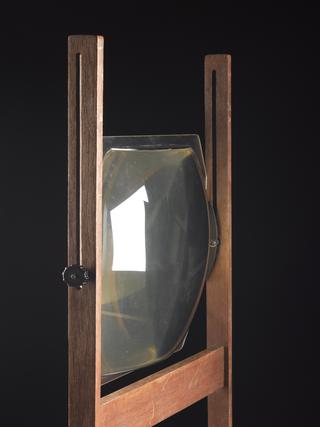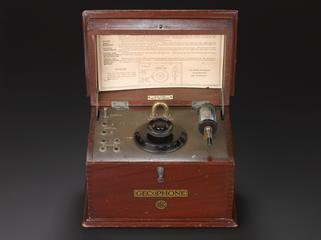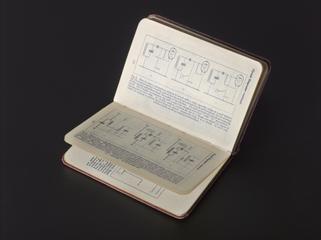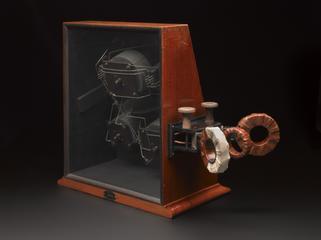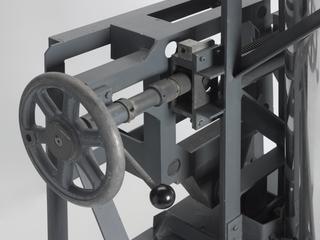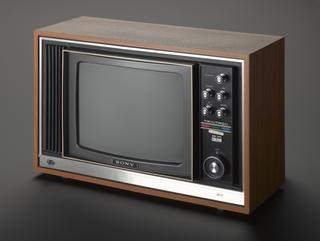
Wartime civilian receiver A.C.mains type, 1944-1945
- Made:
- 1944-1945 in United Kingdom






Wartime civilian receiver A.C.mains type, Wartime Joint Enterprise, British, 1944-1945
In order to overcome the shortage of broadcast receivers that developed during the Second World War, a collection of 44 British electronics and radio manufacturers came together under the banner of 'Joint Wartime Enterprise', and sponsored by the British Government, to build the "wartime civilian receiver" also known as the "utility set." The "utility set" was an inexpensive radio radio receiver built to a standard design by several manufacturers and for which spare parts would be easily available and could come from any manufacturer. In total, over a quarter of a million sets were produced.
Details
- Category:
- Radio Communication
- Object Number:
- 1968-694
- Materials:
- wood (unidentified), cardboard, bakelite, glass and electrical components
- Measurements:
-
overall: 350 mm x 305 mm x 170 mm, 7.43 kg
- type:
- radio receiver
- credit:
- Atkinson, Dr.
